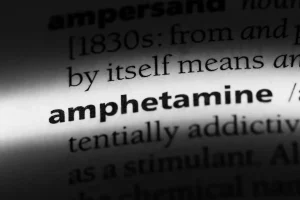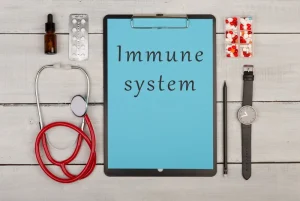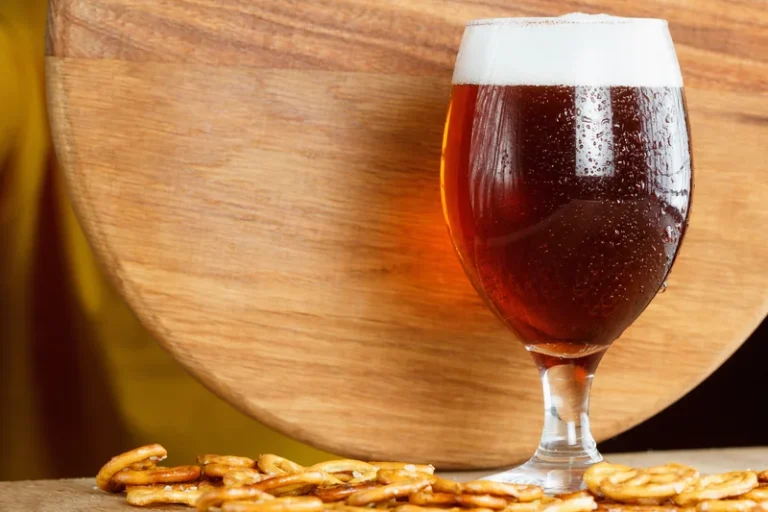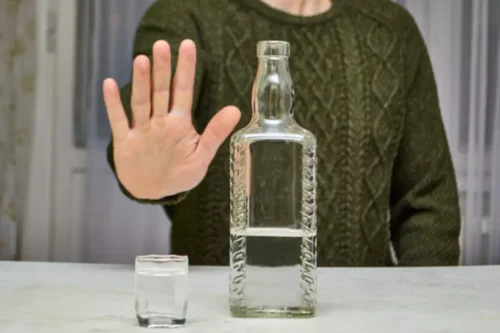
It’s a journey where every story matters, and every step towards recovery is a testament to resilience and the human spirit. Addiction Resource does not offer medical diagnosis, treatment, or advice. Only trained and licensed medical professionals can provide such services. If you or anyone you know is undergoing a severe health crisis, call a doctor or 911 immediately. According to this CDC report, underage drinkers between the ages of 12 and 20 consume more alcohol at one time, and 90% of them binge drink.
Addiction Assessment: Comprehensive Tools and Techniques for Identifying Substance Use Disorders

Interestingly, while this group drinks less often than other alcoholics, they tend to “binge drink” more often and consume more alcohol during those binges. For example, on “binge days,” members of this group often consume up to 14 drinks. Although the average age of this group is 24, most have spent at least the last four years as an alcoholic.
Characteristics and Behaviors
Understanding these different types of alcohol addiction is crucial for recognizing the signs, seeking appropriate help, and ultimately, paving the way for recovery. About 66 percent of chronic severe alcoholics seek treatment for their alcohol dependence. This subtype has the highest attendance rate https://ecosoberhouse.com/ at self-help groups, specialty rehab, detox, and inpatient programs. About 27 percent of intermediate familial alcoholics have ever sought help for their drinking. When they do seek help, most go to self-help groups, specialty treatment programs, detox programs, and private healthcare providers.
What Factors Contribute to Alcoholism?
- About 31 percent of functional alcoholics have a family member with alcohol use disorder.
- Poor mental health can allow substance abuse to develop if those substances help alleviate the symptoms of any current mental illnesses.
- The study also demonstrated, however, that various typological criteria other than gender—such as psychopathology, sex-linked physiological characteristics, and socially defined gender roles—could better explain these differences.
- Most of this group started drinking around 15 years old and find themselves with alcohol dependence at around 29.
By taking a personalized approach, treatment providers can offer a range of evidence-based interventions, such as counseling, therapy, and support groups. They can also address any underlying issues that may contribute to alcohol abuse, such as trauma or co-occurring disorders. This comprehensive approach ensures that individuals receive the support and resources they need to achieve long-term recovery. When it comes to addressing alcoholism, a one-size-fits-all approach is not effective. Each individual’s journey with alcoholism is unique, and treatment should be tailored to their specific needs. Understanding the different subtypes of alcoholics can help guide the treatment approach and provide the best chance for recovery.
- Help for them can be found through rehabilitation programs, self-help groups, detox programs, private specialists, social workers, and psychiatrists.
- In the U.S., the intermediate familial alcoholic subtype comprises 19% of all alcoholics.
Understanding the Five Types of Alcoholics
- Organizations like Alcoholics Anonymous offer peer support and a structured program for recovery.
- This pattern of alcohol use is more likely to be hazardous than non-binging patterns.
- Unlike the previous type, this group is defined by the co-occurrence of mental disorders.
- Support groups, such as Alcoholics Anonymous (AA), provide a safe and non-judgmental environment for individuals to connect with peers who have faced similar challenges.
Jellinek’s classic work on the different “species” of alcoholism (1960a, b), which is widely considered to be the first scientific alcoholism typology. Moreover, by studying the evolution of alcoholism typologies, current researchers can place Jellinek’s ideas and subsequent thinking into a broader perspective. Several factors contribute to the development and progression of alcoholism within the Intermediate Familial Subtype.
Understanding The Terminology
The Substance Abuse and Mental Health Services Administration (SAMHSA) publishes that co-occurring mental health disorders and addiction are common, as about 8 million adults in America battled both in 2014. About 21.1 percent of alcoholics fall into the young antisocial subtype. This category of alcoholics generally start drinking at a young age of 15 and develop alcohol dependence at an early age of 18. According to the National Institute on Drug Abuse, consuming alcohol before the age of 15 increases the chances of developing an AUD later in life. These individuals are six times more likely to suffer from AUD as an adult in comparison to other subtypes of alcoholics.

We’re here 24/7 to help guide you or your loved on through rehab and recovery. Treatment providers are available 24/7 to answer your questions about rehab, whether it’s for you or a loved one. Submit your number and receive a free call today from a treatment provider. Fewer than 9% of the members of this group seek help for recovery; when they do, they tend to prefer 12 Step programs over rehab clinics or private, professional practices. Outpatient treatment is less intensive than inpatient treatment but still effective for some people with AUD.
Chronic Severe Subtype

Thus, it is no coincidence that some of the leading physicians in countries such as France, England, Germany, and the United States devoted considerable attention to studying alcoholism. According to a review of the world alcohol literature, 39 classifications of alcoholics were developed between 1850 and 1941 (Babor and Lauerman 1986). Most of these typologies were published by alienists in books and scholarly journals. The functional subtype 5 types of alcoholics is characterized by individuals who are typically middle-aged and have a stable job, successful career, and relatively high socioeconomic status. These individuals may appear to have their lives together on the surface, but they struggle with alcoholism behind closed doors. But if they continue down this path without seeking professional help, their performance and health will gradually deteriorate as profound alcohol dependence develops.



Leave a Reply
Want to join the discussion?Feel free to contribute!